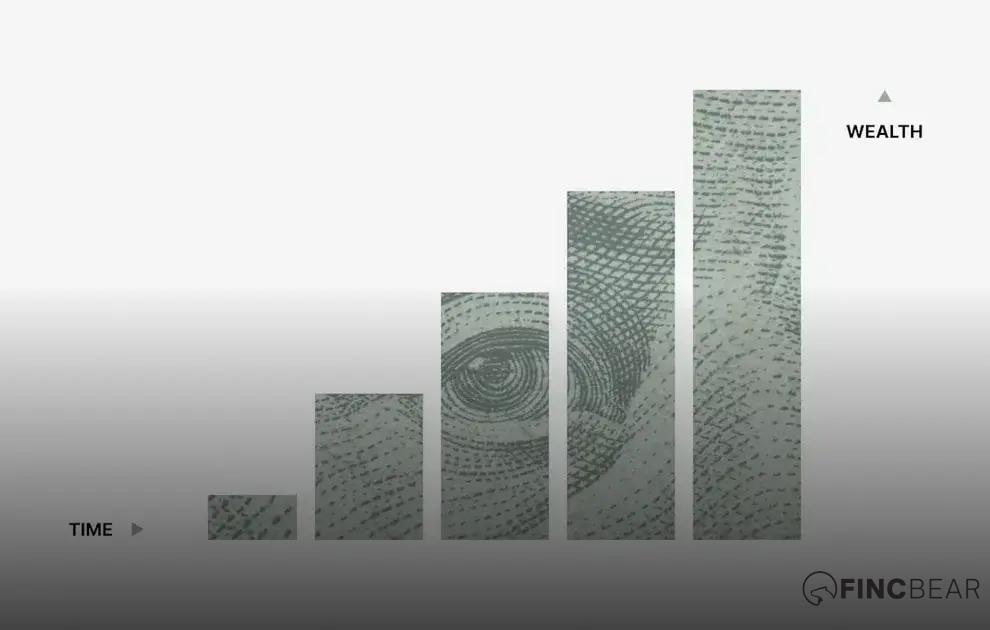In recent years, inflation has been a major economic concern. Many are questioning: will inflation keep rising in 2025? Understanding the factors driving inflation and the predictions of financial experts can help us prepare for the future. This blog will explore key insights and strategies as we delve into expert opinions and economic policies affecting inflation trends.
Causes of Inflation Trends in Recent Years
Over recent years, various factors have influenced inflation trends. One primary cause is changes in monetary policy. Central banks, in an effort to control economic stability, adjust interest rates. When they lower rates, borrowing becomes cheaper, which often leads to increased spending and higher inflation.
Supply chain disruptions also played a significant role. Events like the COVID-19 pandemic highlighted vulnerabilities in global supply chains, causing shortages in essential goods. This scarcity led to increased prices as demand outpaced supply.
Another factor is the rising cost of raw materials. For instance, fluctuations in oil prices significantly affect transportation and manufacturing costs, which in turn impact consumer prices. As commodities become more expensive, so do the products derived from them.
Moreover, government fiscal policies, especially stimulus packages, have contributed to inflation. During economic downturns, governments often inject liquidity into the economy to boost spending. While this aids recovery, an excess supply of money can devalue the currency, thus increasing inflation.
Additionally, shifts in consumer demand patterns have also played a role. As preferences change, certain goods and services become more sought after, leading to price hikes if supply does not keep pace.
Economic Policies and Their Impact on Inflation

Understanding the link between economic policies and inflation is crucial, especially when considering the potential for continued inflationary trends. One key element is monetary policy. Central banks regulate the money supply to maintain stability. When money supply increases faster than economic growth, inflation can rise.
Fiscal policy also plays a major role. Government spending and tax changes impact inflation. If governments spend excessively without offsetting with revenue, this can lead to higher inflation rates.
Exchange rates influence inflation through trade balances. A devalued currency makes imports more expensive, contributing to inflation. On the other hand, strong foreign exchange can cushion inflation.
Moreover, structural policies aimed at enhancing productivity and market efficiency affect inflation indirectly. If policies successfully improve productivity, the economy can grow without much inflationary pressure.
Supply-Side Factors
Supply-side economic policies aim for deregulation and tax cuts to spur economic growth. If they lead to increased production, inflation might stabilize. However, such policies can also foster inequality, potentially creating demand-pull inflation.
In conclusion, economic policies interact with multiple aspects of the economy, shaping the inflationary landscape. This delicate interplay highlights the importance of carefully calibrated policy decisions.
Expert Opinions on Inflation Predictions for 2025
The dynamics surrounding inflation predictions for 2025 have garnered attention from economists worldwide. A myriad of expert voices is contributing to this crucial discussion. As we delve into expert opinions, some economists believe that inflation will continue its ascent, driven by ongoing recovery processes in the global economy. With the world still reeling from past economic turmoil, experts point out potential repercussions that might not have been fully addressed.
Furthermore, many highlight the significant role of
monetary policies
implemented by central banks. Experts weigh the balance between stimulating growth and managing inflationary pressures. With the pandemic’s aftermath, fiscal stimulus packages, and interest rate adjustments playing pivotal roles, experts argue that their effects might linger, impacting inflation rates in unexpected ways.
In addition, some experts believe external factors such as global supply chain disruptions are critical in influencing inflation. They emphasize the importance of technological advancements and geopolitical tensions as potential disruptors or stabilizers in the inflation landscape.
Building on this notion, experts from developed and emerging markets offer their predictions, noting regional variances and specific challenges. The consensus is not unanimous, but most predict a complex interplay of forces shaping inflationary trends as we approach 2025.
Potential Global Developments Influencing Inflation

Several global developments have the potential to significantly influence inflation rates. One major factor is the ongoing changes in international trade agreements. As countries renegotiate trade deals, tariffs and import/export dynamics could shift, affecting the prices of goods globally.
Another consideration is the evolving landscape of geopolitical tensions. Conflicts and diplomatic strains can lead to market instability and supply chain disruptions. This can increase costs and contribute to higher consumer prices.
The digital transformation of industries is another significant influence. As more businesses adopt advanced technologies, there could be initial costs that pass onto consumers. However, in the long-term, efficiency gains could help mitigate inflationary pressures.
Environmental factors, like the effects of climate change, can also affect inflation. Unexpected weather patterns can impact agriculture and energy production, leading to fluctuating prices in essential goods and services.
Lastly, the impact of global pandemics, as experienced recently, cannot be underestimated. Such events lead to unprecedented shifts in both demand and supply, often causing increased price volatility in the short term.
Strategies for Individuals to Manage Inflation
In a world where inflation may continue to rise, individuals need effective strategies to handle its impact on their personal finances. Creating a budget is essential, allowing one to track expenses and identify areas to cut costs. Allocating funds to necessary expenses, while limiting discretionary spending, can make a significant difference.
Investing in Assets
such as real estate, precious metals, or inflation-protected securities is another way to shield against inflationary pressures. These assets often retain or increase their value even as inflation rises, helping to preserve purchasing power.
Debt management also plays an important role. Focusing on paying off high-interest debt can save money in the long run, as inflation leads to higher interest rates.
Another strategy is to negotiate salary increases to keep pace with inflation. When possible, seek opportunities for additional income, like freelancing or part-time work, to bolster financial resilience.
Lastly,
diversification
of income streams and investments can provide stability. By not relying on a single income source or asset class, individuals can mitigate risk and adapt to changing economic conditions.
Adopting these strategies can help individuals manage their finances and maintain stability as inflation trends evolve.





